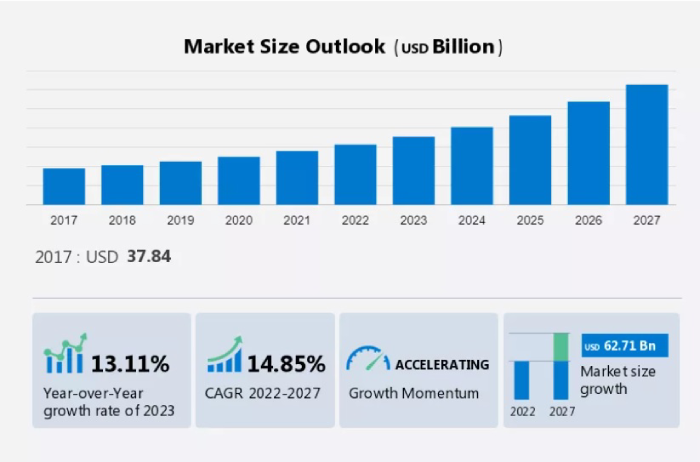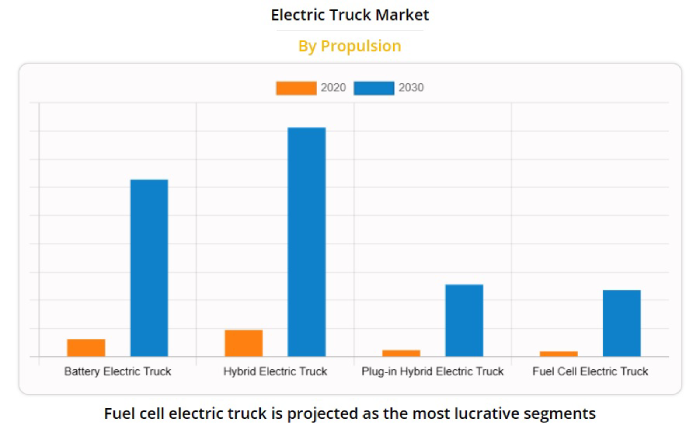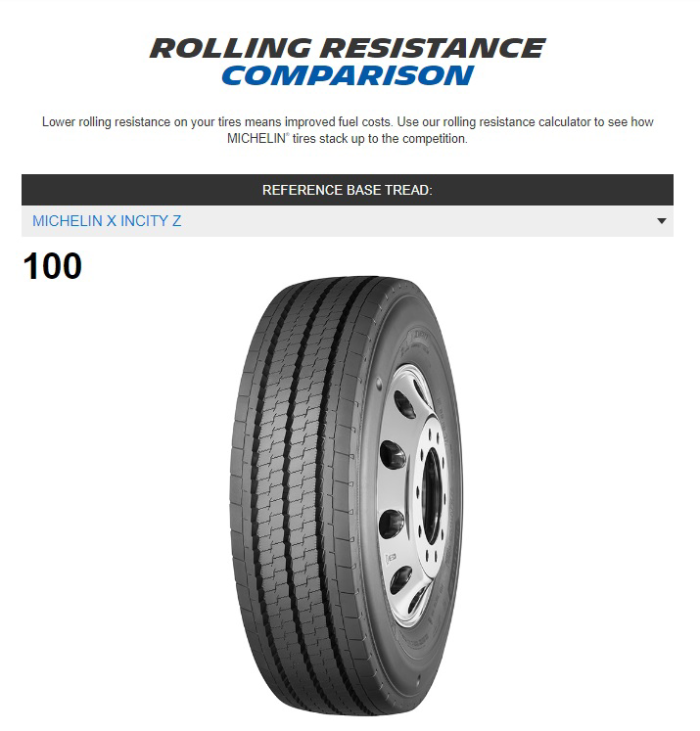Why Fleet Telematics Don’t Work for Delivery [+What to Use Instead]
Fleet telematics still work great. But just not for delivery! That's why it's time to replace your telematics system with a new tool to manage your...
Home > Blog > 7 Tips to Reduce Fuel Costs for Your Fleet
Route OptimizationLooking for ways to reduce fleet fuel costs? Check out these seven strategies that fleet managers can use to improve fleet fuel efficiency and save money.
Fleet fuel costs are a huge expense for transportation companies.
According to the U.S. Department of Energy, gasoline prices alone rose by 145% just in the past couple of years – something that has put a substantial strain on fleet budgets.
Geopolitical strife, market instability, a changing climate environment, and fuel price volatility have also created the perfect storm for fleet managers to maneuver.
You aren’t alone with these obstacles, but you can get ahead of your competition with just a few updates to your operations.
There are many strategies that transportation companies can employ to survive a turbulent economy, improve fuel efficiency, and reduce fuel costs. In this article, we’ll discuss seven effective ways to save money on fuel prices. Many of these tips are simple and easy to implement immediately.
Here’s a summary of our main tactics below.
Rising fuel costs will add up quickly, especially if there are other organizational inefficiencies at play.
There’s not much you can do about market fluctuations. But you can address the factors that are making your fuel bills higher than they need to be.
Just quickly, some of these factors include:
In the next section, we’ll cover seven specific solutions to these fleet fuel challenges and provide tips on how to reduce fuel consumption.
Some fleet managers may be hesitant to invest in route optimization software due to the perception of high costs and uncertainty in how they work.
Statistics from just a few years ago show that more than 52% of companies were still planning routes with pen and paper.
After COVID-19 hit, the swift and market-wide adoption of route optimization software has eased most fleet managers’ concerns. Simultaneously, the competition in the last-mile delivery market has only grown.

Technavio – Route optimization software market size
Route optimization software is the one solution that can be an overarching answer to many operations challenges. It uses algorithms and integrates with GPS tracking systems to plan the best route possible, taking into account factors such as traffic patterns, weather conditions, and fuel usage.
According to the 2022 Fleet Technology Trends Report, companies using GPS tracking reported a 10% decrease in fuel costs, a 14% decrease in accident costs, and a 10% decrease in labor costs.
By using fleet management software that includes route optimization capabilities, fleet managers can identify the most fuel-efficient routes for their fleet and say goodbye to wasted miles and fuel cost worries.
Looking for a route optimization tool? Read on…
eLogii is an end-to-end cloud-based delivery management platform that helps you by automatically planning the best route possible for your fleet.
With eLogii’s advanced routing and tracking features, fleet managers can identify areas of improvement, reduce fleet fuel costs by optimizing fleet activity, and even achieve an ROI of 265%+.
eLogii’s capabilities include routing and planning, operations management, fleet management, and customer experience.

For drivers, eLogii reduces the amount of manual effort required to deliver packages. For customers, eLogii provides a way to collect digital proof of delivery in two clicks.
Additionally, eLogii’s pricing structure is simple and straightforward. There are no catches and no hidden fees. What you see is what you get.
Currently, eLogii offers three pricing tiers:
Running a bigger operation? eLogii also caters to Enterprise customers.
If you’re interested in eLogii, use our handy ROI calculator to get an idea of the savings you could make in 30 seconds or less.
Not sure if eLogii has what you need? The platform is actively used by customers across a wide range of industries, including:
No matter the type of fleet you have, eLogii provides a powerful platform to help reduce fuel usage while ensuring maximum efficiency and performance. It outperforms most major last-mile delivery services despite being a “new kid on the block”.
Gone are the days when you were left in the dark about your deliveries until the driver got back to the depo.
Telematics is a fleet management tool that provides fleet managers with real-time data about their fleet activity.
It involves using sensors to monitor every stage of your fleet’s movement, from vehicle ignition to final destination. Simply put, you get to have your eye on every vehicle at all times as if you were there with them.
Using telematics is a crucial step in identifying areas where fuel consumption could be reduced.
For example, fleet managers can identify drivers that are frequently idling or speeding and then take action to correct these behaviors. You also see whether or not drivers are in the vehicle by following the progress of each route live.
As the popular saying goes, if it gets measured, it gets managed.
Telematics, specifically the version of it that eLogii has, provides a proactive monitoring solution that can help you become more fuel efficient and improve fleet performance through targeted action. Ask us about it during your demo with our team.
Upgrading your fleet is an effective strategy for riding out rising fleet costs and future-proofing your company before it’s too late.
This can include investing in electric vehicles or even hybrid ones. Simply upgrading your fleet with newer models that have better fuel consumption could also work.
Another option is to consider alternative fuels like biodiesel or compressed natural gas. These can help reduce fleet fuel costs while also limiting your fleet’s carbon footprint.
The adoption of electric vehicles has accelerated in the past few years. Fleet giants like UPS have already invested in sustainable vehicles. They also deploy more than 12,000 low-emission vehicles around the world.

Allied Market Research - Electric truck market size
By taking a proactive approach and improving your fleet’s fuel efficiency, you can not only reduce fuel costs but also set a good example for eco-conscious customers who care about the carbon footprint created by their deliveries or supply chain legs.
Do you regularly perform a thorough check on your entire fleet? Or only when something is wrong?
Investing the time to look through your fleet will ensure optimal performance in the long run. According to the U.S. Department of Energy (specifically, see page 51.), preventive maintenance could lead to as much as 12% to 18% in cost savings when compared to reactive maintenance.
A fleet maintenance system involves regularly inspecting fleet vehicles for signs of wear and tear, performing routine repairs as needed (even something as small as tire pressure checks), and replacing components that are past their prime.
Adding a fleet maintenance program to your operations can save you thousands of dollars in costs from preventable breakdowns and other problems down the road.
To create such a system, first, consult with fleet maintenance experts to learn more about the best practices for fleet maintenance. Then, work with your drivers and staff to establish clear guidelines and expectations around fleet upkeep.
Alternatively, you can also implement telematics and make use of the predictive maintenance features.
Low rolling resistance tires are an easy way to reduce fleet fuel consumption because they reduce the energy required to propel your vehicles forward.
Implementing these types of tires is like having physics on your side. Rolling resistance is the force that opposes motion when a rubber tire rolls on any surface, including concrete and pavement.
Low rolling resistance tires are designed with lower-friction materials (compared to traditional rubber tires). This makes them more efficient.
By switching your fleet’s regular tires out for low rolling versions, you may see a reduction in fleet fuel costs over time.
It’s a simple investment that can have a big impact on your bottom line. To find out how big this impact can be, try Michelin’s rolling resistance comparison tool or a general low rolling resistance calculator.

Michelin - Rolling resistance comparison tool
Drivers are your first line of defense when it comes to fleet fuel efficiency. Training drivers to optimize fuel consumption is an easy way to lower fuel costs on a company level.
Conducting regular driver evaluations will help you improve fuel economy and offer targeted training as needed.
Driver training focuses on best practices like accelerating gradually, avoiding hard braking, sticking to speed limits, and avoiding heavy traffic areas whenever possible. When fleet drivers are properly trained, they become more aware of their driving habits and how they impact the fleet’s fuel consumption.
We must note that driving can be a charged subject for many. So how do you deal with drivers who are resistant to training?
One effective strategy is to keep drivers engaged and motivated throughout the training process.
Be sure to acknowledge highlights from their tenure, as well as promote the positive impacts of fleet fuel efficiency as the next milestone for them to achieve. Emphasize the importance of lower emissions and a reduction in vehicle wear and tear.
Additionally, you can run fleet fuel efficiency contests and offer staff prizes or other rewards for good performance.
Training will not only improve fleet operations overall but will also bring your staff fresh motivation.
Idle fleet vehicles may seem like a small issue, but they can add up to high costs over time. Fleet fuel consumption is highest when engines run but the vehicle isn’t moving.
Excessive idling is a common issue among fleet drivers who may be accustomed to sitting and waiting at job sites or other locations. However, idle fleet vehicles can quickly eat up precious fuel.
The first thing you can do is measure delivery performance. Use fleet management software like eLogii that automatically logs vehicle movement and alerts managers of any patterns of inactivity.
Equipped with the right data, fleet managers can work with fleet drivers to reduce the amount of time vehicles spend idling. This includes things like encouraging drivers to turn off engines when stopping for long periods or getting managers to adjust schedules to better match fleet driver activity.
Establish company rules around fleet vehicle idling and ensure this information is accessible for new hires.
The seven strategies we presented are based on data and best practices. Subsequently, they can help improve fleet fuel efficiency and reduce fleet costs over time.
Whether you’re looking to reduce fleet fuel consumption through training drivers, implementing LRR tires, or reducing idle time, you can make a big difference in your bottom line.
And by investing in fleet driver training and utilizing fleet management tools like eLogii, you can bring your fleet operations to the next level and reduce fleet costs no matter how the market swings.
Fleet telematics still work great. But just not for delivery! That's why it's time to replace your telematics system with a new tool to manage your...
Learn why fleet management & route optimization are important to unlock your fleet’s potential and what to look for in a fleet management routing...
Lower costs, lower emissions, improved customer satisfaction, and improved safety are just some of the benefits of fleet management systems today.
Be the first to know when new articles are released. eLogii has a market-leading blog and resources centre designed specifically to help business across countless distribution and field-services sub sectors worldwide to succeed with actionable content and tips.
